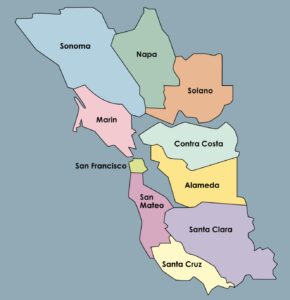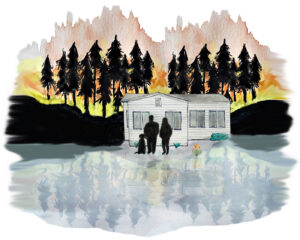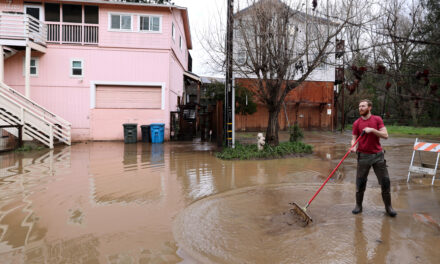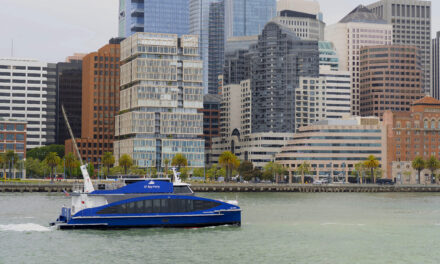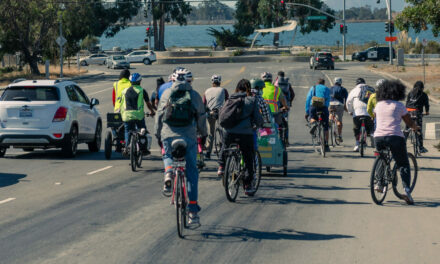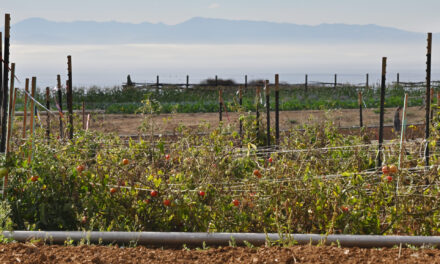Vote Cinches Robust Regional Response to Sea Level Rise
On December 5, a sprint was over; a marathon began. The Bay Conservation and Development Commission unanimously adopted its Regional Shoreline Adaptation Plan, meeting a state deadline and shifting the pressure to local governments that must now write “subregional” plans for dealing with sea level rise. These are due at the end of 2033: a distant due date in the face of global change, but maybe a quick one considering the complexity of the task.
After RSAP’s first release in September, there was push and there was pull. Local governments and others objected to some of the mandatory standards proposed, calling for “flexibility.” A November draft tacked in that direction, changing quite a few “musts” to “shoulds” and demoting some of the Standards to “planning tips.” Now it was the turn of the environmental coalition, some forty groups, to decry a “watering-down.” Further redrafting ensued.
The result of these contending pressures seems, surprisingly, to please nearly everyone nearly well enough. “We seem to have found the sweet spot,” says BCDC planning director Jessica Fain. The Sierra Club’s Gita Dev agrees: “We are very happy with the results of the RSAP. Now,” she goes on, “it’s time to get serious about execution.”
Local governments are clamoring for support for this new task. BCDC is devising a technical assistance program. With passage of November’s Proposition 4, the Ocean Protection Council will have more funds to grant. To ease the burden and clarify the options, counties and cities around the Bay are looking at doing combined, multi-jurisdictional shoreline plans.
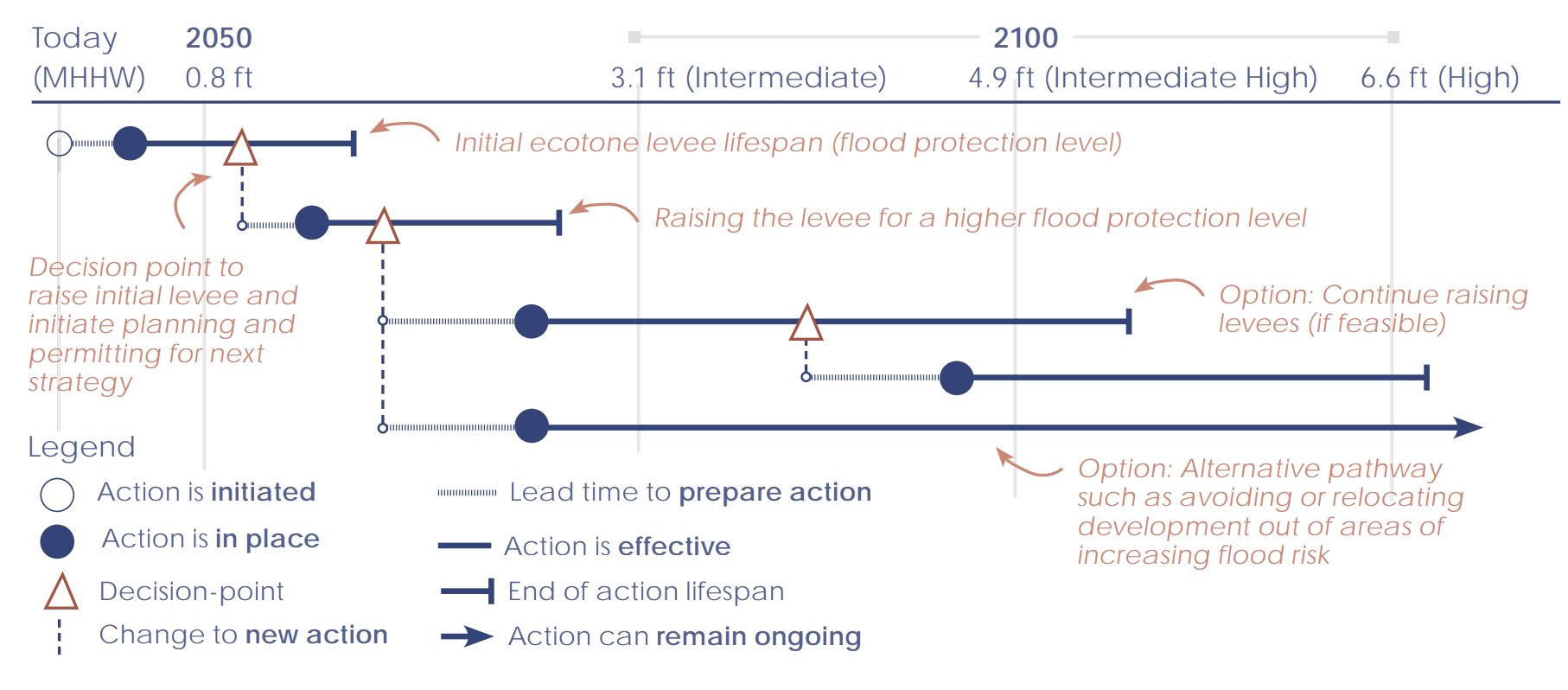
Diagram of how adaptation pathways can unfold. From Werners et al, Environmental Science & Policy
BCDC is also pondering another trip to Sacramento. Under last year’s SB 272, which started this planning ball rolling, the agency can only advise about the plans being prepared — until the moment when they are completed. Then the bay regulators can say “Yes” or “No,” but the sole result of a “No” is that a city or county drops down the priority list for state funding. “The Legislature has taken us halfway,” BCDC executive director Larry Goldzband remarked last summer. Should the agency now seek a stronger hand? “We are planning to lean into that question in 2025,” says Fain.
Top Photo: King tide in Alameda in November 2024 by Maurice Ramirez
Other Recent Posts
Gleaning in the Giving Season
The practice of collecting food left behind in fields after the harvest is good for the environment and gives more people access to produce.
New Study Teases Out Seawall Impacts
New models suggest that sea walls and levees provide protection against flooding and rising seas with little effect on surrounding areas.
Oakland High Schoolers Sample Local Kayaking
The Oakland Goes Outdoors program gives low-income students a chance to kayak, hike, and camp.
Growing Better Tomatoes with Less Water
UC Santa Cruz researchers find the highly-desired ‘Early Girl’ variety yields more tomatoes under dry-farmed conditions.
Santa Clara Helps Homeless Out of Harm’s Way
A year after adopting a controversial camping ban, Valley Water is trying to move unsheltered people out of the cold and rain.
The Race Against Runoff
San Francisco redesigns drains, parks, permeable pavements and buildings to keep stormwater out of the Bay and build flood resilience.
Learning the Art of Burning to Prevent Wildfire
In Santa Rosa’s Pepperwood Preserve, volunteers are learning how controlled fires can clear out natural wildfire fuel before it can spark.

